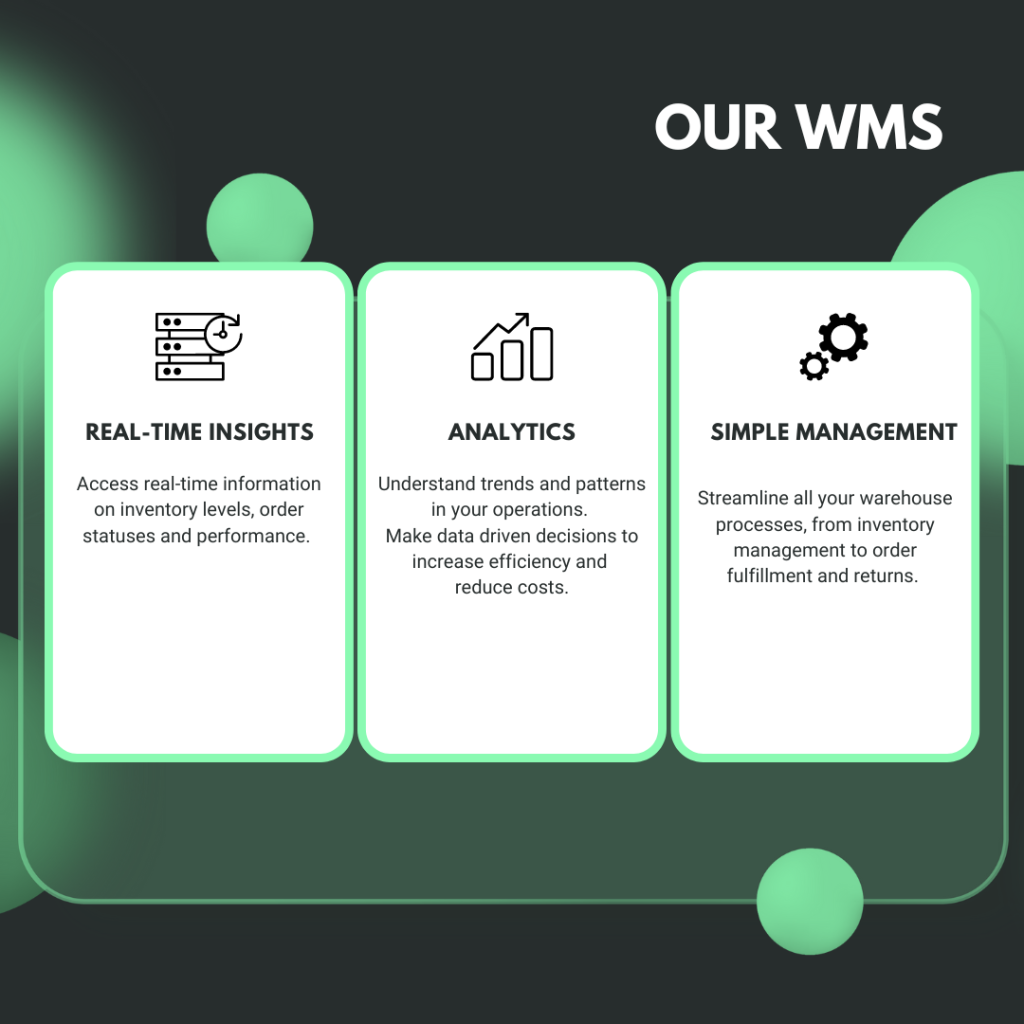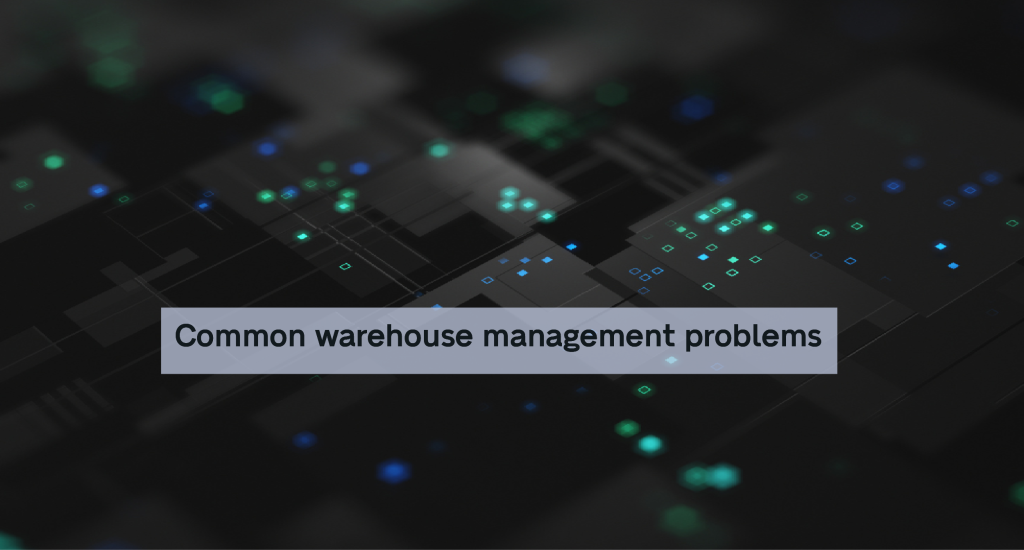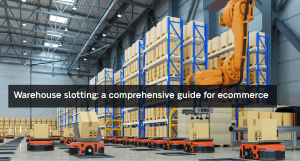Cluttered aisles, high error rates, long fulfillment times, and increasing costs? These are all symptoms of a low performing warehouse. Let’s discover the most common warehouse management problems and how to fix them with practical solutions designed to improve the overall productivity of your warehouse operations.
Warehouse capacity
In the context of ecommerce, warehouse capacity refers to the space available to store inventory, prepare orders, and fulfill them for your customers.
It is a critical factor to take into account in warehouse management, as it directly impacts costs and performance. Often, you see warehouses that are too full; in fact aiming for a 100% capacity is a misconception. It only causes constraints in available space and hinders operations! An ideal warehouse should operate below full capacity, with a number closer to 85-90%, allowing for enough working space, efficient storage, and smooth movement of goods. Also, by implementing mezzanine floors and pallet racking systems, you can optimize space with vertical storage solutions.
Performance
When warehouses have performance issues, it often derives from picking problems and bad inventory management which have a direct impact on order fulfillment times. When mentioning picking, not only do we mean speed but also optimization of processes involved in this stage. If you notice that there is an increase in picking errors, shipping mistakes, and inventory discrepancies, it could indicate a need for readjustment. For example, if you are relying on manual processes and outdated warehouse technology there is a higher chance of experiencing delays, incurring in errors, and higher labour costs. In the context of modern ecommerce, automation and integration of advanced Warehouse Management Systems (WMS) are the first steps to take to make sure every stage, from receiving of goods to delivery is fast and accurate. If you are curious about the details, check our article on how a Warehouse Management System works.
High costs
Warehousing costs that are too high are a symptom of inefficient processes. One common scenario is excess inventory, increasing storage costs and tying up capital. Also, lack of visibility into operations and failing to track inventory accurately leads to increased handling, storage, and logistics costs. This is why investing in a Warehouse Management System (WMS) improves efficiency and reduces costs by tracking inventory levels, automating processes, collecting data, and providing real-time visibility into operations.
Inefficient picking processes
Have you ever considered how picking processes can impact warehouse performance? Sometimes, productivity can be boosted simply by placing high-demand products strategically near dispatch areas to reduce travel time. Also, adopting systems like Goods-to-Person (G2P) or optimizing pick paths with methods like slotting (+15-20% productivity) can also improve efficiency. For example, G2P systems allow staff to avoid wasting valuable time searching for items in the warehouse. The operator requests the item and the G2P system delivers it directly to the workstation to then be retrieved and directed for shipping.
Inventory inaccuracy
Did you know that inventory problems cost the economy $1.1 trillion annually? Some businesses are unaware of their profit margins being eroded by issues like shrinkage, stockouts, and the expenses related to overstocking. In fact, inventory inaccuracies have an effect on every phase in the supply chain. For example, inaccurate inventory data leads to ordering incorrect item quantities, thereby causing stockouts or overstocking. This has a negative consequence on warehousing, increasing storage costs, causing delayed shipments, or dispatching incomplete orders. For a modern ecommerce warehouse environment to function optimally, it has to be data-driven. Having access to accurate inventory data is essential to avoid missing out on sales opportunities. Accurate inventory tracking can potentially save up to 10% of inventory costs. Furthermore, accurate data tracking helps businesses forecast demand based on past sales history, identifying trends and patterns to align inventory levels to demand.
Long order fulfillment times
If order processing and fulfillment times are slow it means you are making your customers wait too long to receive their orders. Don’t risk it…They won’t think twice before ordering from someone else! Long order fulfillment times are often linked to inefficient picking, packing, and shipping processes. It’s time to improve your warehouse workflow efficiency by automating these stages. Businesses that have implemented a WMS experience higher perfect order performance than those without. This is an indication of how a WMS can support business operations by delivering customer orders on time, accurately, and with the adequate documentation.
How eLogy can help you boost your warehouse performance
With eLogy, you have two options to enhance your warehouse performance.
Option 1
You can outsource all logistics to eLogy, and store inventory in one or more of our tech-driven warehousing and fulfillment centers.
Option 2
Integrate eLogy’s cutting edge WMS Technology in your existing warehouse
- Connect your online Store to the eLogy platform.
- Upload your inventory into the warehouse section of the platform.
- Access a dashboard for comprehensive management:
- Monitor stock levels in your warehouse in real-time.
- Receive alerts when it’s time to reorder
- Handle orders and prepare shipments directly through the platform.
- Track the status of your shipments
- Real time analytics and reporting: automate data collection to monitor KPIs, gain precious insights on operations, identify trends and base decisions on facts.






